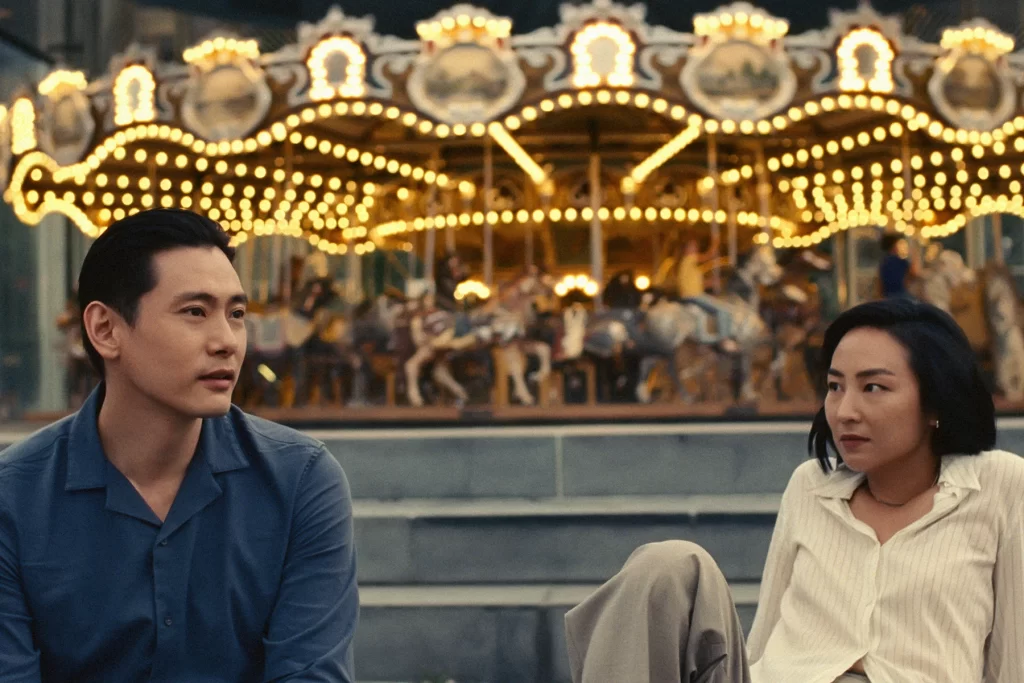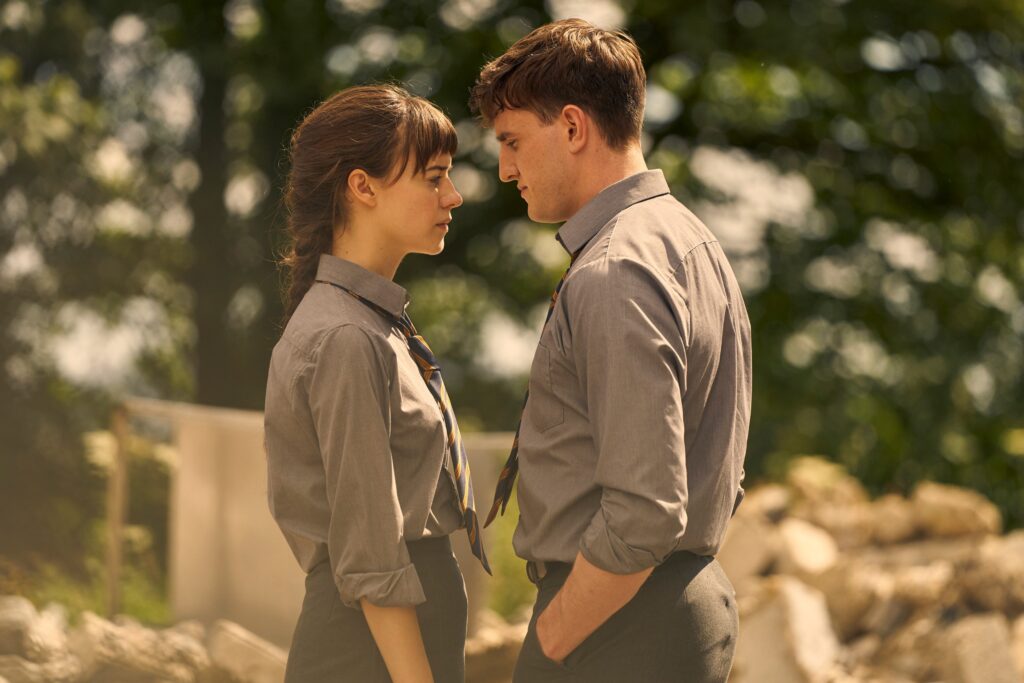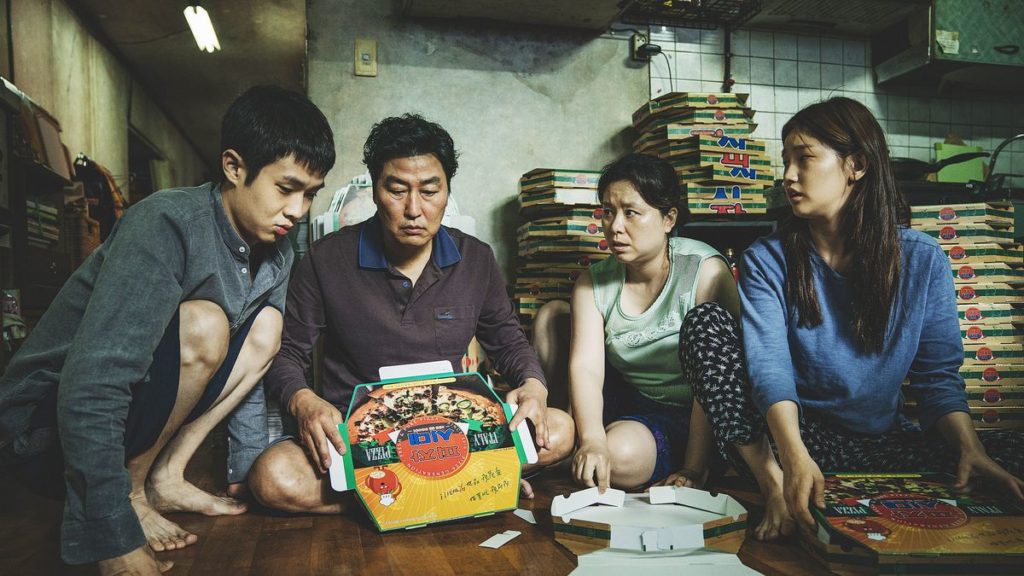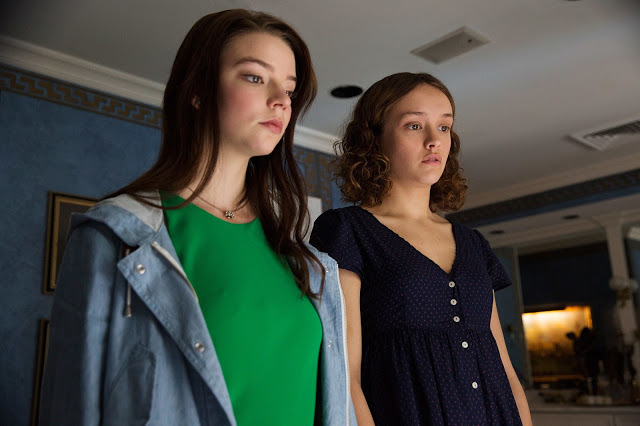Poor Things: Pride of Frankenstein
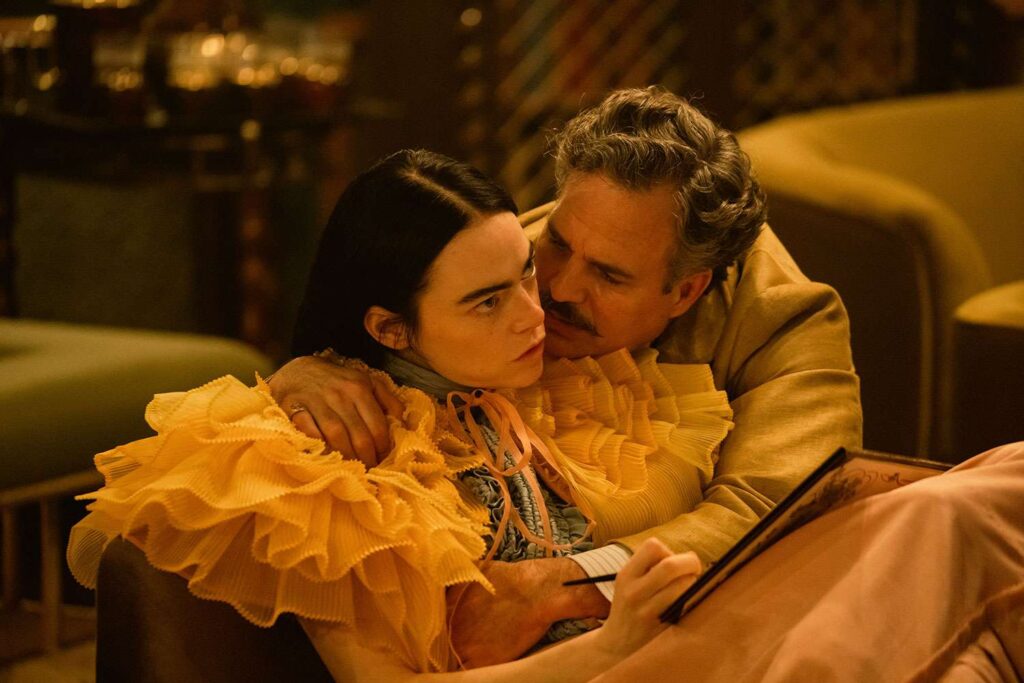
Poor Things opens at a stately manor in Victorian London, where chickens bark, pigs quack, and legless horses draw steam-powered carriages. These hybridized bastardizations are the work of Dr. Godwin Baxter (Willem Dafoe), a brilliant surgeon with scars on his face and curiosity in his heart. When he isn’t tutoring pompous medical students or belching out his farts through a contraption that turns gas into floating spheres, God (as he prefers to be called) toils in his vast private laboratory, concocting unholy experiments in his ongoing quest to investigate and bend the laws of nature. God wields his scalpel with such rigorous dispassion—a blend of mighty intelligence and clinical precision—that you might be tempted to perceive him as a proxy for Yorgos Lanthimos, the movie’s director and cinema’s preeminent scholar of human oddity. But that reading disserves Poor Things, which finds Lanthimos applying his craft with generosity as well as exactitude. God’s creations are perverse; Lanthimos has manufactured a miracle.
In doing so, he has sacrificed none of his talent for arresting imagery (not to mention caustic comedy). From its very first shot—that of a pregnant woman in a blue dress on a bridge, flinging herself to the icy waters below—Poor Things routinely marries the ghastly and the gorgeous. The production design, by Shona Heath and James Price, concocts environments of terrible wonder, like the airborne trams that slice through a smoggy metropolis or the yellow Escheresque staircase that crumbles in midair. (Even the black-and-white title cards that divide the picture into discrete chapters ripple with dazzling eccentricity.) The costumes, by Holly Waddington, are a resplendent array of gowns and bodices, despite every male character wanting to tear them to shreds. And the cinematographer Robbie Ryan, who also shot Lanthimos’ The Favourite, features bursts of bold color yet repeatedly contorts the frame into his singular fisheye style; at times he even shrinks the canvas to a small circle, as though we’re squinting through a peephole at all of the movie’s beautiful grotesqueries. Read More

